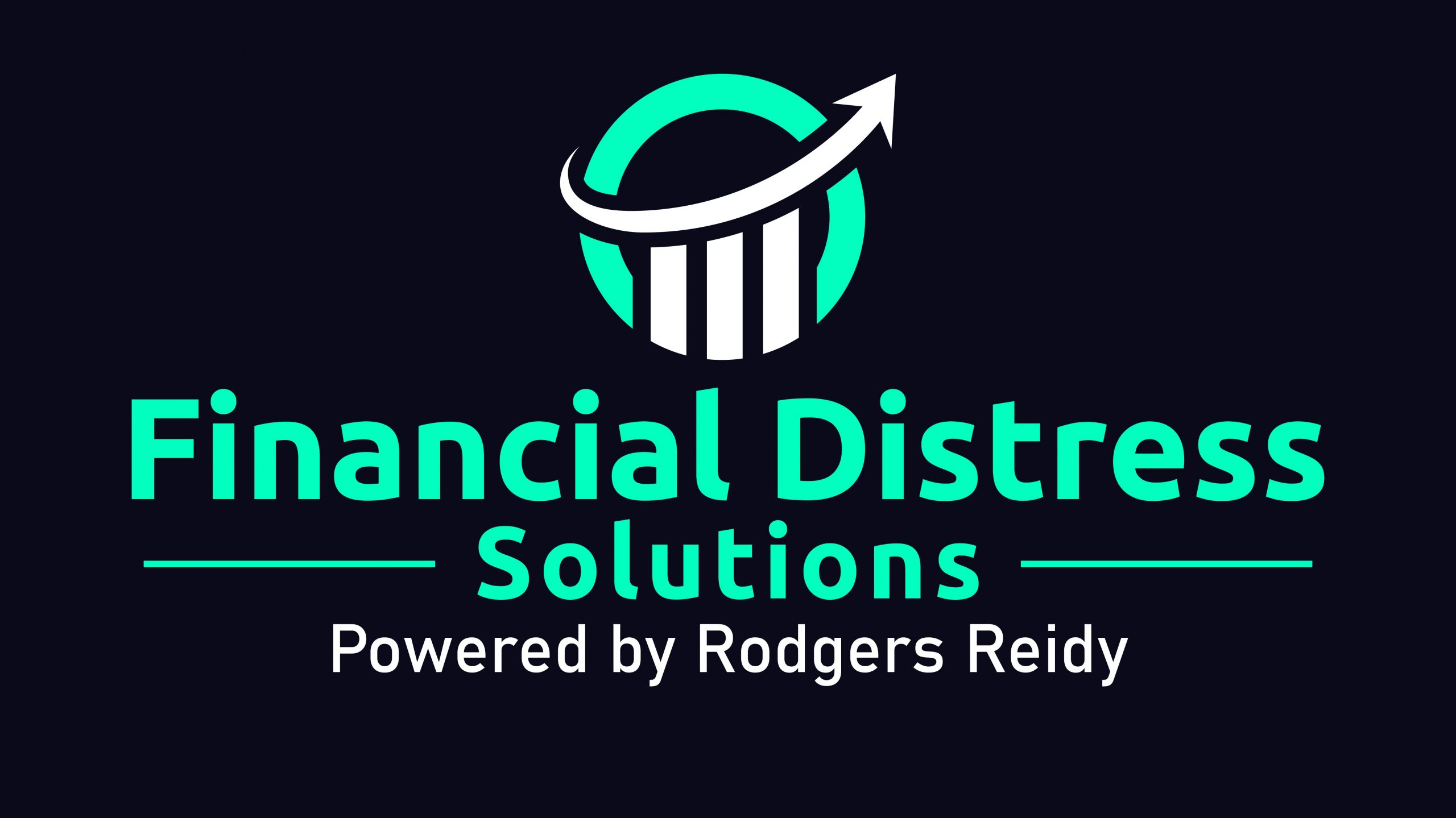Going bankrupt is a last-resort action to help you deal with severe financial distress. While it may be seen as a negative, in certain circumstances it can be liberating; it’s an opportunity to start afresh without the stress of debts hanging over your head, sleepless nights and constant phone calls from creditors. Bankruptcy is a legal process that protects individuals who are unable to pay their outstanding debts or come to a repayment agreement with creditors. While it imposes certain obligations and restrictions on you, the process of bankruptcy may be the best way for you to be released from most debts.
Proposed legislative changes to the bankruptcy provisions will further reduce the stigma associated with bankruptcy, and will also encourage entrepreneurs to re-engage in business sooner. There are many options available to you before declaring bankruptcy, so it is vital that you get expert advice from an experienced, independent advisor to examine all your options and obligations.
What is the process?
Bankruptcy can be initiated in one of two ways.
Voluntary. You can apply to become bankrupt by filing a debtor’s petition and Statement of Affairs with the Government bankruptcy authority Australian Financial Securities Authority (AFSA). Either AFSA or a bankruptcy trustee at an insolvency firm will be appointed your trustee.
Involuntary. A creditor whose debt is $5,000 or more can file a creditor’s petition at court for an order that you be made bankrupt.
An independent person is then appointed to manage the person’s financial affairs: either a bankruptcy trustee, or AFSA. They will determine whether the bankrupt person owns any assets that may be sold, or has sold any property which may be recovered. They will determine the individual’s liability for income contributions and will keep creditors informed and will pay dividends if sufficient funds are recovered.
How long does bankruptcy last?
The bankruptcy process currently lasts three years from the date of filing. Proposed changes driven by the Federal Government’s desire to support entrepreneurial behaviour will reduce the period of bankruptcy to one year (retrospective).
What debts does bankruptcy release you from?
Bankruptcy provides a release from most of your unsecured debts including credit cards, personal loans, tax, and store cards. (You will need to continue to pay some debts such as penalties, fines, child support debts and HECS/HELP/SFSS debts. You will also need to continue to pay debts owed to secured creditors for assets such as mortgages or vehicles during the period of bankruptcy, otherwise a secured creditor may repossess and sell the asset. Any shortfall owed to a secured creditor for an asset that has been sold will be included as a debt of your bankruptcy.
Will I lose everything?
You are entitled to keep certain assets up to a specified value which is indexed annually by AFSA. This is known as Protected Property and includes:
– Ordinary household goods
– Tools of trade used to earn an income, up to an indexed amount – currently $3,750
– Vehicles – with equity of $7,900 (current indexed amount) or less (equity refers to the market value of the vehicle less any amounts owing against the vehicle.
Other assets, including your house, may be sold by your Trustee. In determining whether to sell your house, your Trustee will determine the equity available (the market value of your house less any amounts owing to creditors that hold a mortgage over your property). The property, or your share in the property, may be sold by your Trustee to related parties at market value if that is considered the best strategy to realise the equity in the property.
How will bankruptcy affect my work and income?
– If your income exceeds a certain limit, you will be required to make income contributions to your Trustee. The amounts are indexed and take into consideration the number of dependants you have. Currently the threshold with no dependants is $57,866.90 after income tax
– You cannot be the Director of a company if you are an undischarged bankrupt
– You are prohibited from managing a corporation unless you have permission of a court
– Certain professional and licensing organisations may suspend or cancel your membership or license and restrict or prevent you from continuing in that trade or profession which may affect your ability to earn an income
– You may not be able to hold certain public positions
Other consequences
– You can not travel overseas unless you receive written permission from your Trustee
– Your name will be entered on the National Personal Insolvency Index (NPII) and will remain on this register
– It may be difficult for you to obtain credit in the future as credit reporting organisations will keep a record of your bankruptcy for up to 5 years (and longer in some cases), even after you have been discharged from bankruptcy
What reforms to the bankruptcy process are proposed?
Several reforms have been proposed which will reduce the stigma and penalties associated with bankruptcy or liquidation for those acting in good faith. Importantly, they will encourage people to face their troubles earlier, giving them a greater chance to turn around their situation. The effect of reducing the bankruptcy period to one year, is that the restrictions noted above will only be imposed for the one year rather than three.
Speak to Financial Distress Solutions before it’s too late
Our primary focus is to help you turn your business around and avoid bankruptcy, insolvency and administration. However we are experts in these worst-case options, so we can coach you through what you need to do to avoid them, and can minimise the pain if you do need to go down this path.
Contact us for a confidential discussion of your options to get out of trouble: 1300 757 577.

